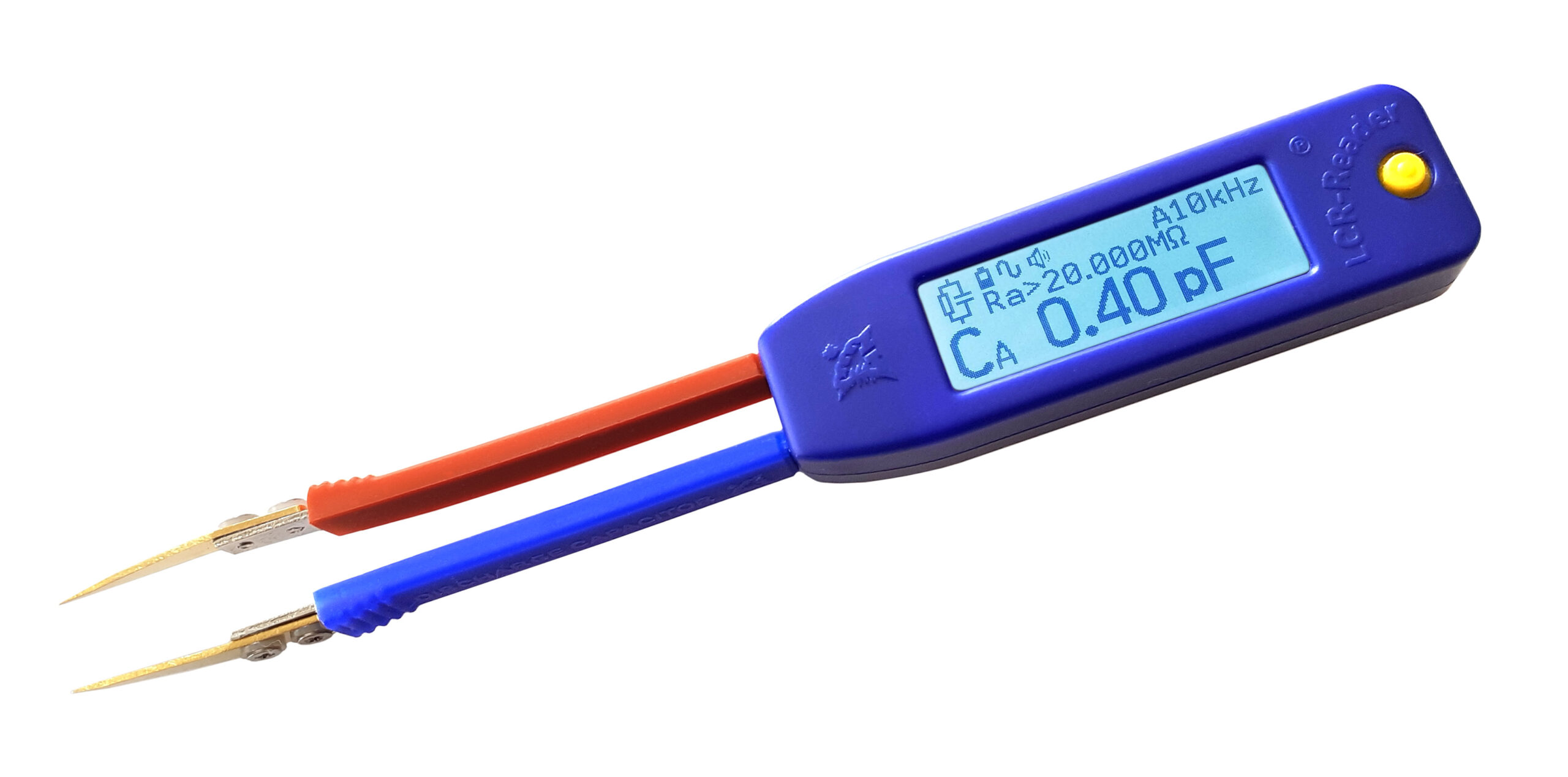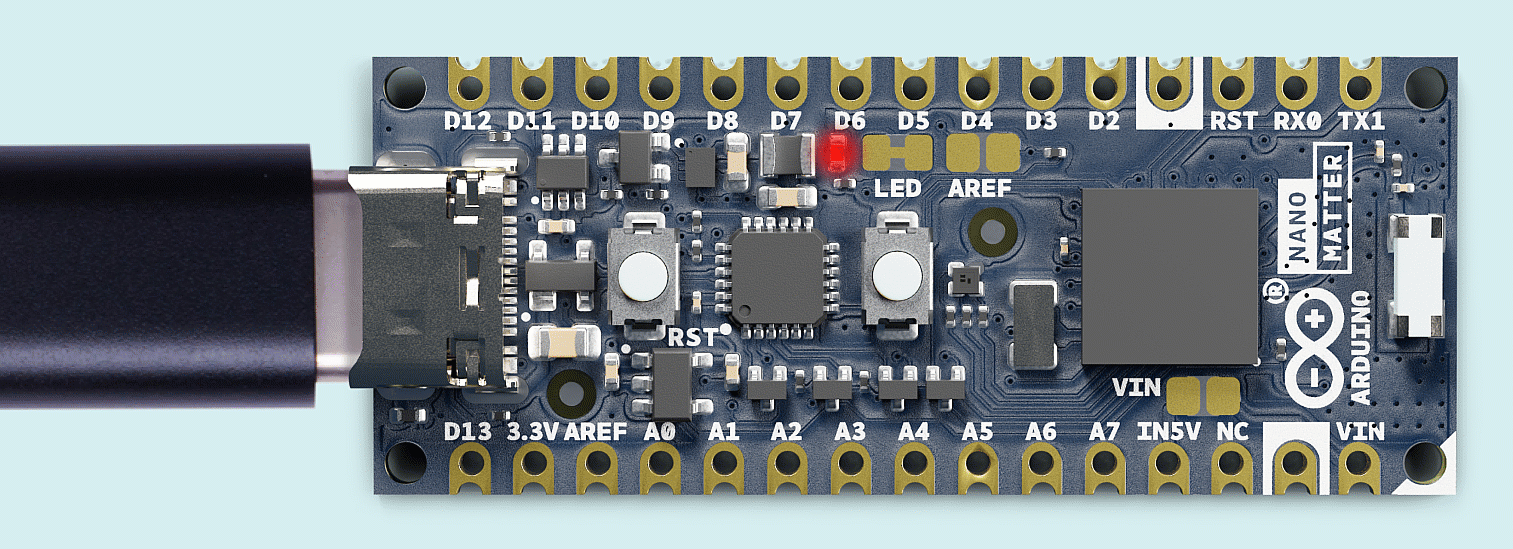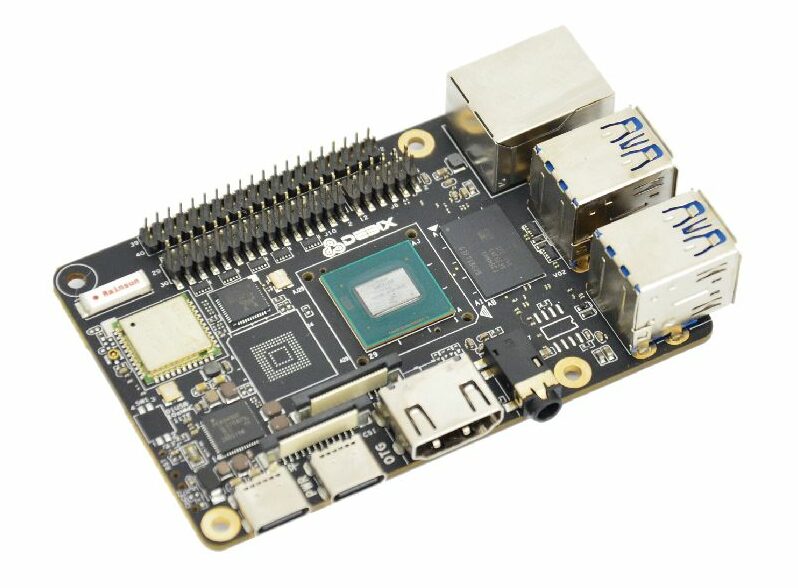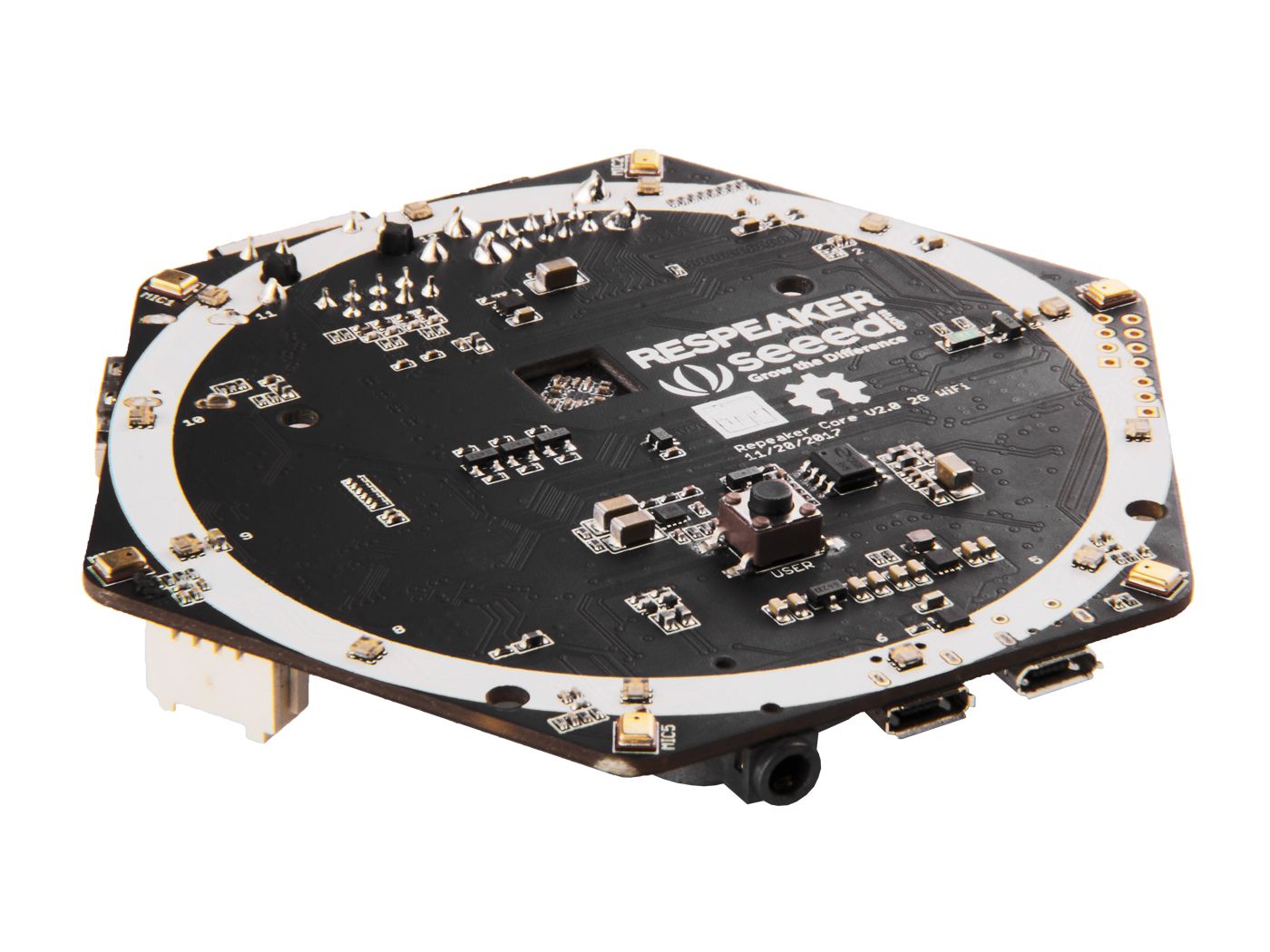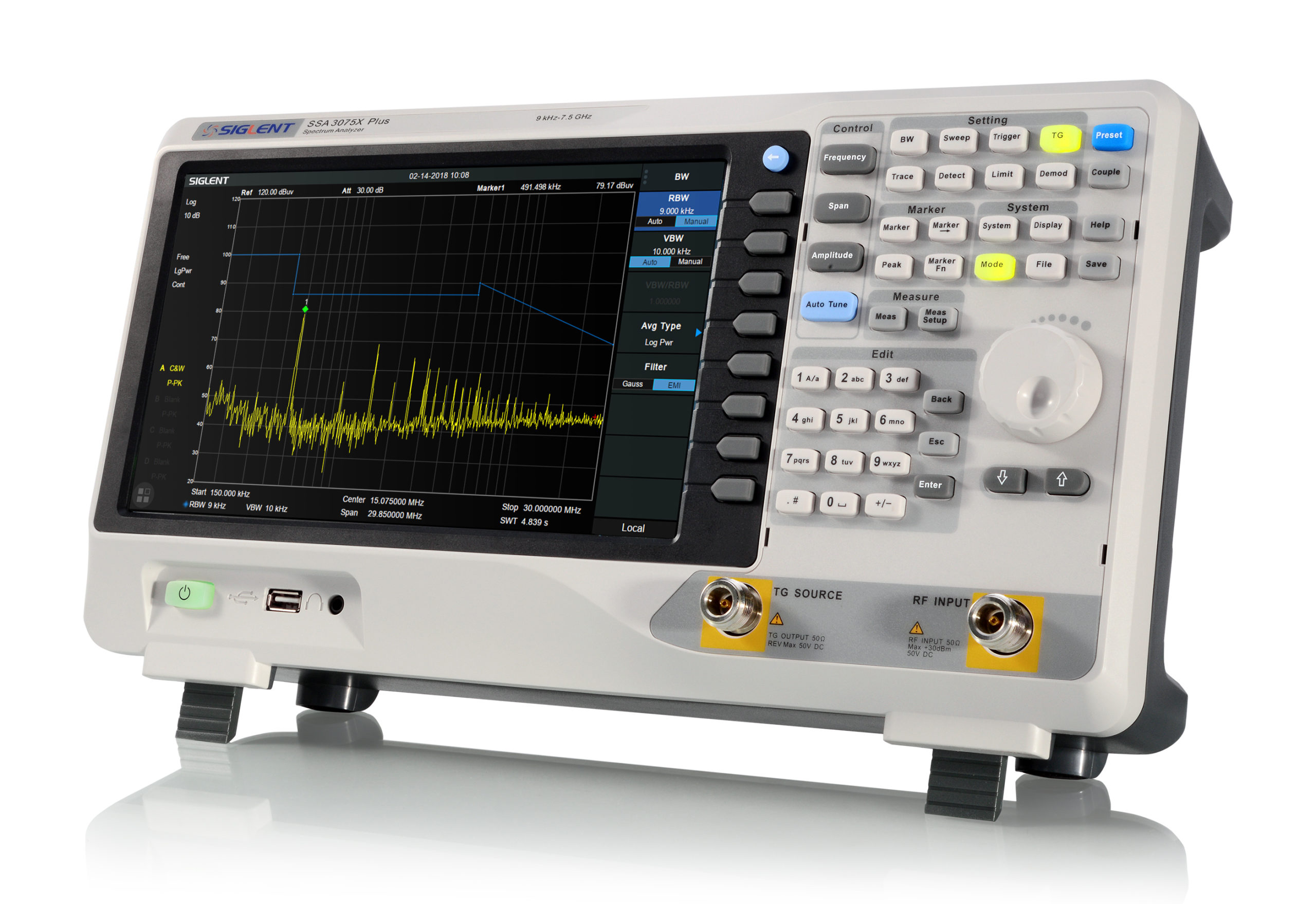
Linear voltage regulators are used to maintaining a steady output voltage. They are step-down converters where the input voltage is always higher than the output voltage. The output voltage can be adjusted by external resistors. 78xx series is a very popular linear voltage regulator series. 78xx series, however, do not require external components for setting the output voltage. The regulators have some dropout voltage which can be defined as the input voltage minus the desired output voltage. It should be noted that if the desired output voltage is higher than Vin-Vdropout, then the linear regulator can’t regulate the output at the desired output voltage. In LM1117, the dropout voltage is around 1.25V which is very small compared to 78xx and so it is called a Low-Dropout (LDO) regulator.
Linear Voltage Regulator Design
The voltage regulator ICs consists of a high-gain operational amplifier, a feedback network, and a pass transistor. The gate of the pass transistor is controlled by the output of the operational amplifier. The output voltage is sensed via a resistor divider network and is fed to the inverting pin of the OP-AMP. The sensed voltage is compared with the reference voltage and the high gain of the OP-AMP forces the reference voltage and the sensed voltage to be equal. In the 78xx series, the voltage divider ratio is fixed internally. On the other hand, in LM1117, the voltage divider ratio can be set via an external resistor. This gives the LM1117 IC flexibility in terms of output voltage.
Linear voltage regulators have a major issue. The input current required to the regulator is always the same as the output current. Additionally, the input voltage is always higher than the output voltage. Therefore, the input power is always higher than the output power. The difference is dissipated in the form of heat by the regulator. This means that the heatsink is necessary for many applications and sometimes, substantial power is wasted during regulation. To overcome these issues, buck converters can be preferred over linear regulators as they are more efficient and do not require heatsink.
Buck-converter design

Source: https://www.researchgate.net/figure/Circuit-Diagram-of-Buck-Converter_fig1_262632844
Buck-converter is a switching step-down converter. It consists of a switch (implemented by a MOSFET), energy storage elements like inductors and capacitors, and a diode. When the switch is open, in other words, when the MOSFET is not ON, the current in the circuit is zero. When the switch is closed, the current in the inductor begins to rise. The energy in the inductor is stored in the form of the magnetic field. When the switch is opened again, the inductor starts to discharge and powers the load. And, when we close the switch again while there is still energy left in the inductor, the output voltage is always greater than zero.
The output voltage depends on the input voltage and the duty cycle of the MOSFET. The relation between the input and voltage is given by Vout = D*Vin. If the duty cycle is 50%, then the output voltage would be half the input voltage.
Buck converter PCB
Ketan Desai, a student at the University of British Columbia designed a buck converter PCB which can be used in replacement of 78xx and LM1117 voltage regulators. It is built around a very compact RPX-1.0 DC-DC converter IC which comes with an integrated inductor. The 78xx compatible version is as follows:
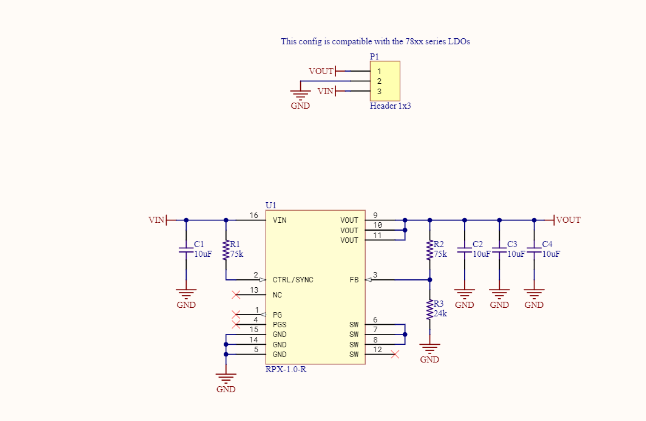
Below is the LM1117 compatible version. The only difference is in the pinout.
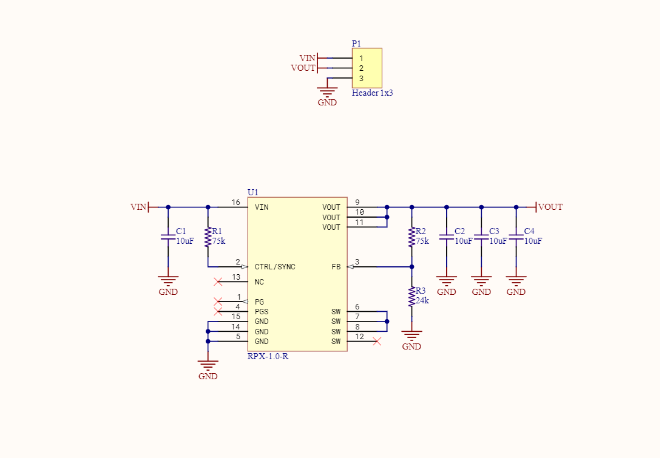
Both the above designs are configured for 3.3V. Replacing R3 will allow the output voltage to be set.
| Output Voltage | R3 Value |
|---|---|
| 1.5V | 86k6 |
| 1.8V | 60k4 |
| 2.5V | 35k7 |
| 3.3V | 24k3 |
| 5.0V | 14k3 |
| 12V | 5k36 |
| 24V | 2k61 |
Complete project link: https://github.com/ketszim97/TO_220_Buck





